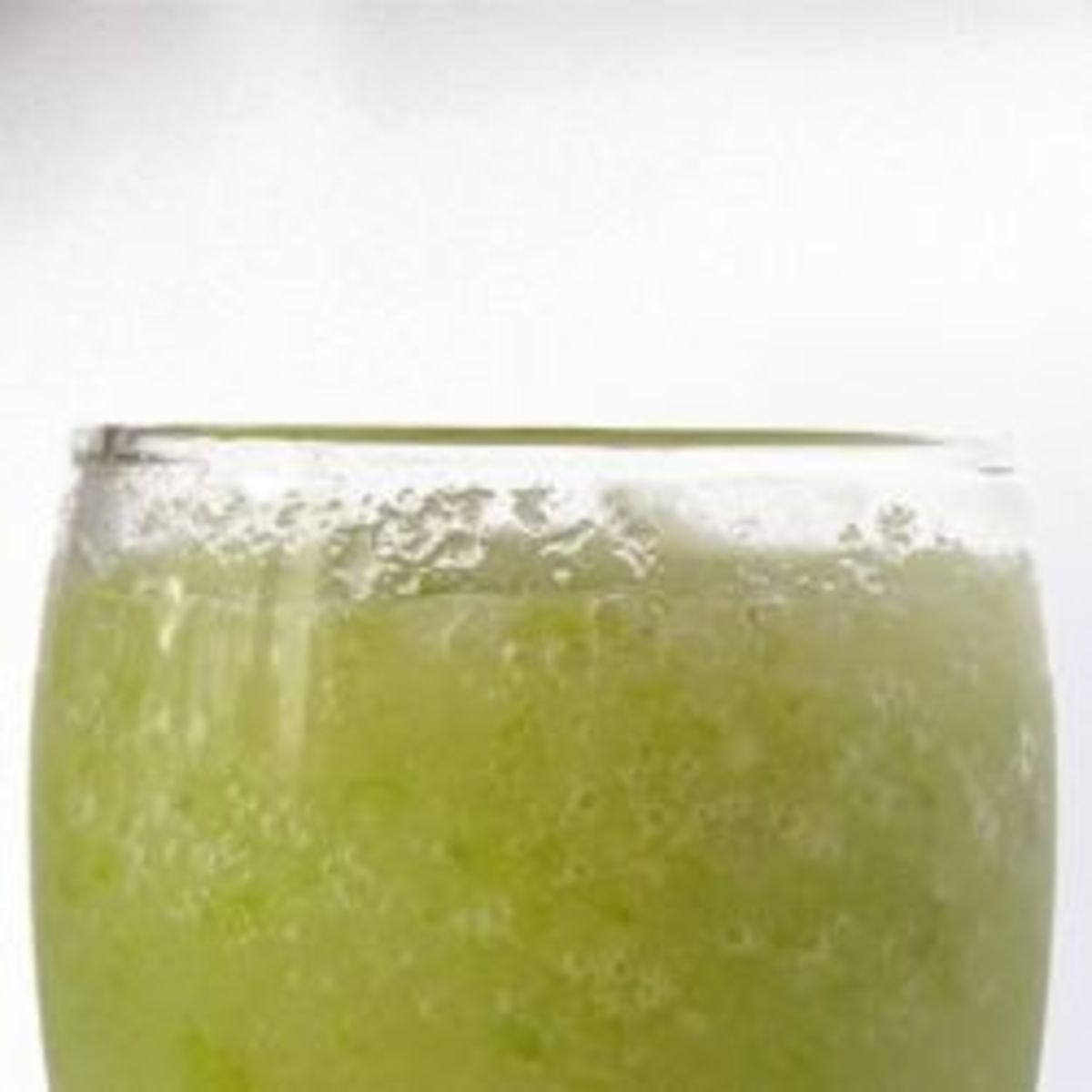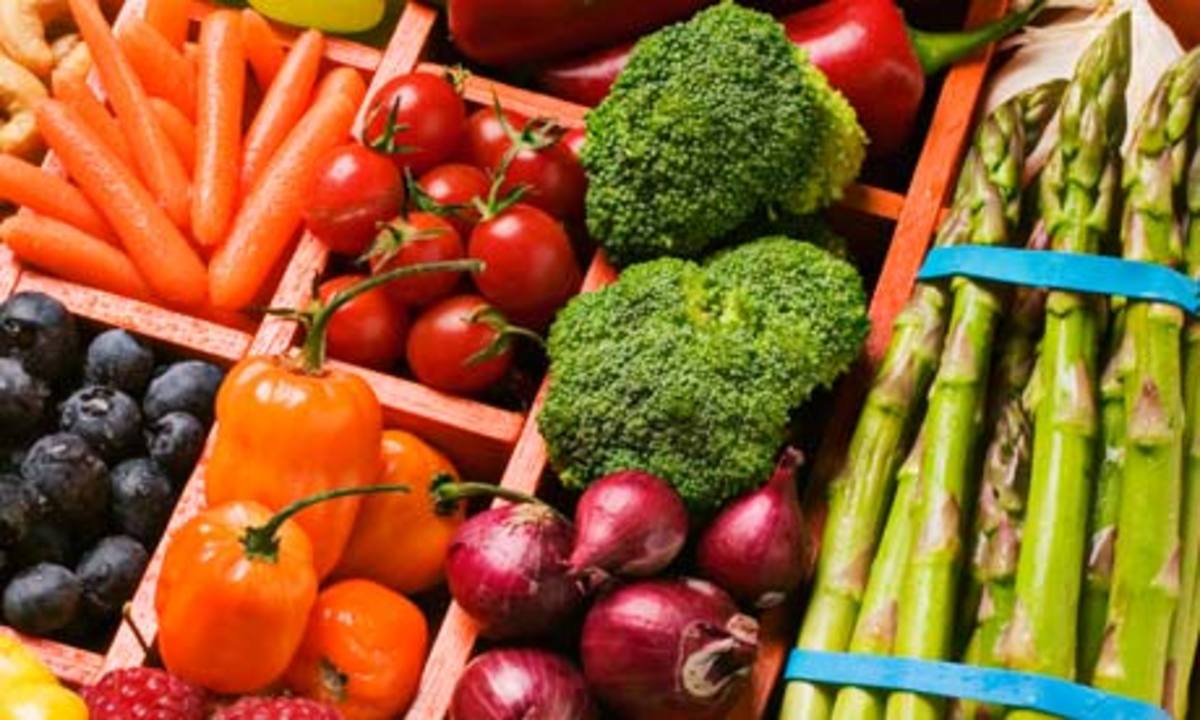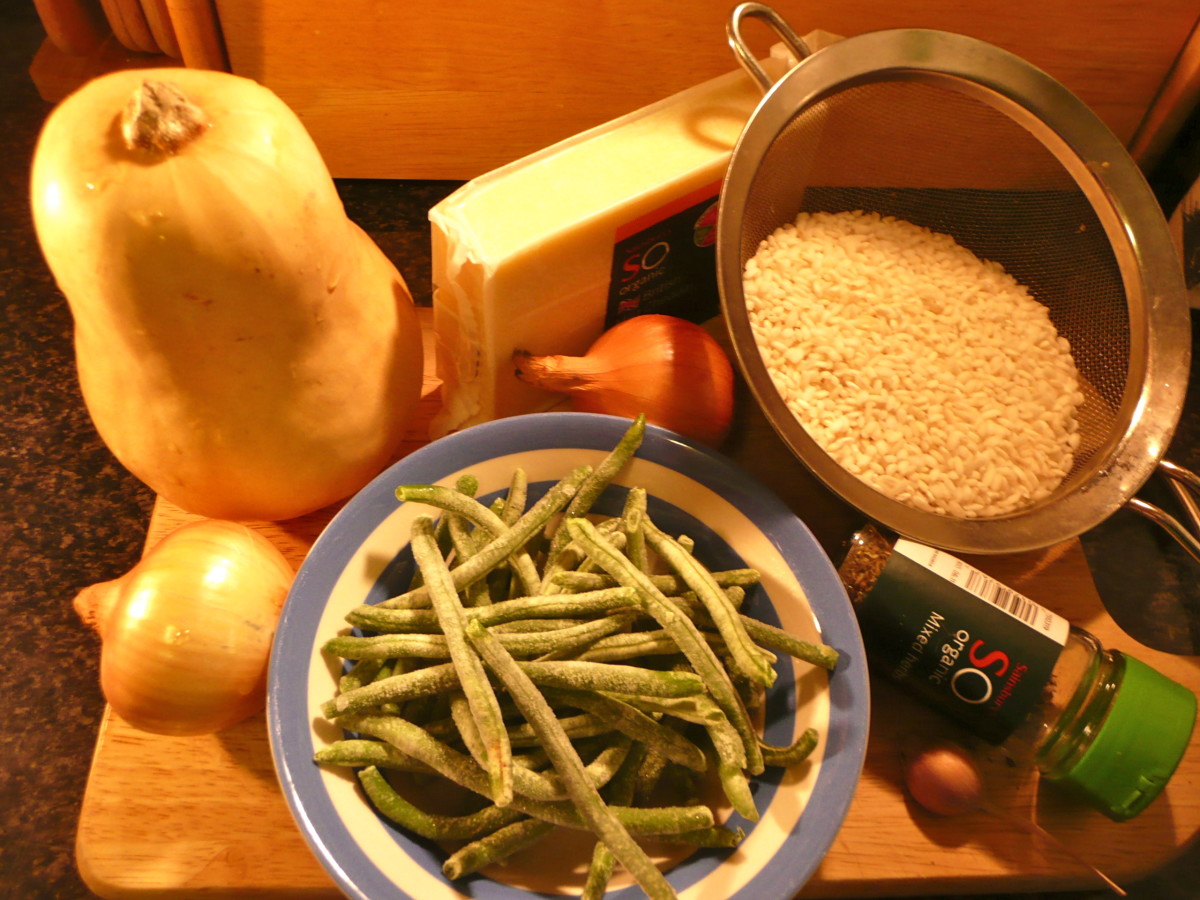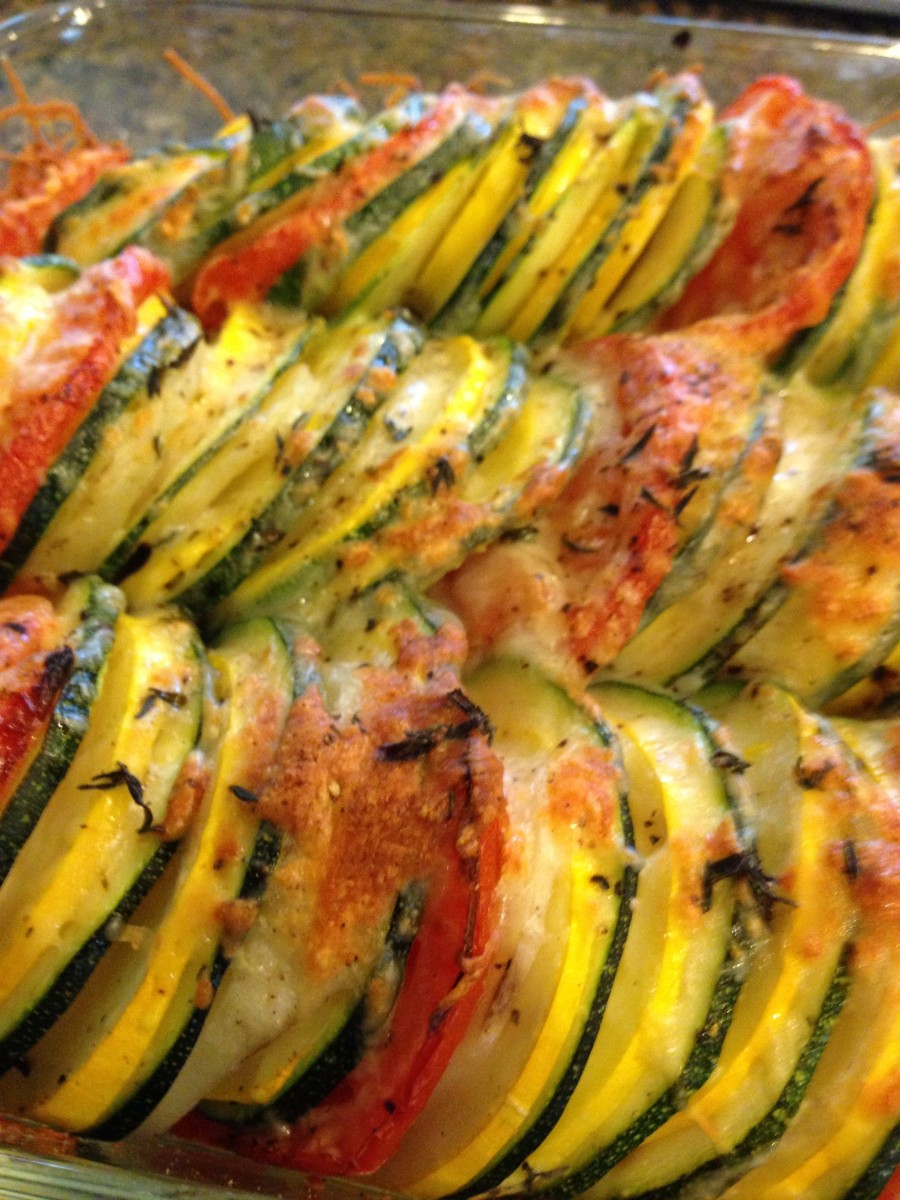How to get kids to love their fruit and veggies
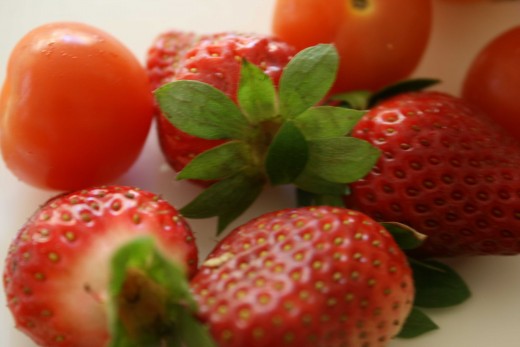
Get the kids eating fruit and vegtables
We all need fruit and vegetables in our diets to maintain a healthy body and mind. However, how do you ensure that your children actually have the recommended five serves of vegetables and two serves of fruits per day?
Here are some tips for incorporating fruit and vegetables into a family routine. I’ve included recipes and suggestions that should not take ridiculous amounts of time to prepare, and actually encourage children to enjoy their meal times. All these recipes can be adapted to suit personal preferences so you should be able to cater to most tastes.
Every day suggestions to boost fruit and veg intake
Keep a fruit bowl in the kitchen, available at all times for family members to help themselves.
Keep a container of chopped raw vegetables and dips in the fridge for easy and healthy snack choices.
Plant a vegetable garden. If you have limited space, grow herbs or sprouts in pots.
Talk to children about food and nutrition. Explain what are healthy food choices and why they are important.
Breakfast time
Here is a family friendly breakfast, which offers a nutritionally balanced start to the day.
Kid friendly Burcher muesli
1 grated apple
Oats as desired
Couple of scoops of plain or flavoured yogurt
1 tablespoon of LSA (ground linseed, (flaxseed) almonds and sunflowers),
Note some may choose to skip the LSA option due to potential nut allergies.
Optional extras: Squeeze of fresh orange juice, or handful or soft fruits, such as blueberries, chopped strawberries, chopped apricots, or sultanas
To save time, grate the apple directly into the breakfast bowl. If you have small children one apple may stretch to two or even three children, or to one adult and a child. Add remaining ingredients, and mix the muesli to the desired consistency in one large breakfast bowl and then divide serves. Enjoy.
Although it is a nut product, I have included the LSA due to its high nutritional content. LSA is high in protein meaning it will keep tummies feeling full for longer. It is also high in Omega 3, 6 and 9 as well as a host of other vitamins. The Omega group carries a range of benefits to the body, including improving improved brain and cellular function. It is mainly found in fish oil. LSA is therefore particularly beneficial to those who prefer not to eat fish.
The beauty of this recipe is that it can be adapted to fit what ingredients you have in the kitchen and to suit the individual tastes of your family. For example, for a sweeter taste, flavour with honey or fruit juice. If you prefer a more liquid consistency then add milk to the mix. The grated apple provides an easier to eat and sweet base.
If you use this recipe in the mornings, it ensures that, no matter what happens during the rest of the day, your family has had at least one nutritionally balanced meal for the day.
Vegetables at the dinner table
It may be that your children do not enjoy eating vegetables from their plates.
You can try dressing vegetables with sauces, adding seasonings, or adding bread crumb toppings. Cheese sauce in particular can be teamed with many vegetables. Here are some further suggestions below on getting children to eat their fruit and vegetables.
Fresh juices
One simple way to boost fruit and vegetable intake is to make fresh juices. It’s also a way of introducing healthy snacking. Children who are not keen on fruit or vegetables normally may really enjoy these drinks. Simply wash the fruit, peel if required, chop and place in your juicing machine. Here are some fruit and vegetable juices to get you started and inspire your own combinations. Juicing is also a great way to finish off food remains.
Summer drink
½ Pineapple, 1 apple, 1 orange, 1 carrot, 1 stick of celery, some water melon
Dilute with water and ice if desired
My children’s favourite
Pear, 2 apples,2 carrots, 1/2 pineapple
Dilute with water and ice if desired
Refresher
2 oranges, 1/4 lemon, handful of strawberries, a few chunks of watermelon, 1/4 red capsicum, ½ cucumber, ginger to taste
Dilute with water and ice if desired
Ginger is known as an antioxidant and also contains anti-inflammatory properties. Together with the fruit and vegetable combination listed here, this is a particularly health recipe.
It’s worth telling children what has gone into their juices. If they like juice, they are more likely to try the ingredient in a different context.
A note here about food scraps. You may consider getting a compost bin so you don’t waste food scraps created from juicing.
Vegetable purees
Vegetables can be blended and then added as a supplement to ever day meals. Instead of a serving of rice on the side, try mashed root vegetables, such as potato, turnip, sweet potato or pumpkin. Simply peel, cook until soft and mash. You can add butter or milk to the mash for a smoother consistency.
Other vegetables can also be pureed. Some vegetables can be blended raw and added to mashes and sauces as they cook. Wash and peel the vegetables and blend. Ingredients such as cabbage, onion and carrots work well. Depending on how you plan to use them, you may choose to fry them or add them raw to your recipe. Pureed carrot and onion can be added to bolognese sauce during the cooking process. Add pureed cabbage to mashed potato, top with grated cheese and chopped bacon, and bake in the oven for a tasty side dish.
With a little creativity you can make dips too. For example, chop cucumber, mix with yogurt and a squeeze of lemon, for a tzatziki style dip. Alternatively, puree carrot, add a little cumin and plain yogurt for a carrot dip.
Cooked vegetables can also be pureed and added to foods or served in soups. Some people opt to cook and puree in batches and store in their freezer. The key to success here is to make sure the vegetable is cooked thoroughly prior to blending. Store in desired portion sizes in zip lock bags in the freezer.
The purees can be taken from the freezer and added to recipes, such as pasta bakes, sauces, casseroles and stews, as desired. They can also be used in baking, paricularly cakes or muffins.
Canned fruit
Although fresh is always best, canned fruit can also be very useful. Try to purchase fruit that is contained in their own fruit juices rather than syrup. Canned fruit is an easy standby for snacks or desserts. They can be used as is, or in baking, fruit crumbles or pies.
Children
Lastly, try not to put too much pressure on children to eat their fruit and vegetables. Children are more likely to want to eat in a relaxed environment. Be aware that in some cases there may be a physical reason, such as an allergy, which might cause children to avoid certain foods. Good luck and healthy eating.
Healthy eating cookbooks

How to grow vegetables
- Gardening Tips For Growing Vegetables In Small Areas...
What could be simpler than growing your own pesticide-free potatoes in a garbage can? Maybe growing 2 different varieties in 2 different cans! I saw this idea in Sunset magazine probably 15 years ago and...
Fruit and vegetable recipes
- How to Puree and Freeze a Butternut Squash
Fall is the time of year for squash. There are many different kinds of winter squash out there. You will find them in the produce section at your grocery store. They can be pretty cool looking - butternut,... - Blackberry and Apple Crumble.
A beautiful autumnal pudding, from a well used family recipe! - Fresh Fruit Mousse Recipes - Nonfat & Sugar-free
Fat- and sugar-free desserts have never been easier or more delicious! Orange, melon, mango, and lemon mousse recipes... - Vegetarian Vegetable Soup Recipe
This vegetarian vegetable soup with carrots, potatoes, green beans, tomatoes, corn, and more is a simple classic packed with nutrition. I love to have it in the winter for a warm vegetable-filled meal, but it also makes a great end-of-the-week summer - Homemade Dressings & Dips, Low Fat, Low Calorie
Store bought salad dressings can add a lot of calories, fat, and sodium to your diet. People often dont realize just how many calories are in a serving size of dressing or dip. One serving of Thousand...

